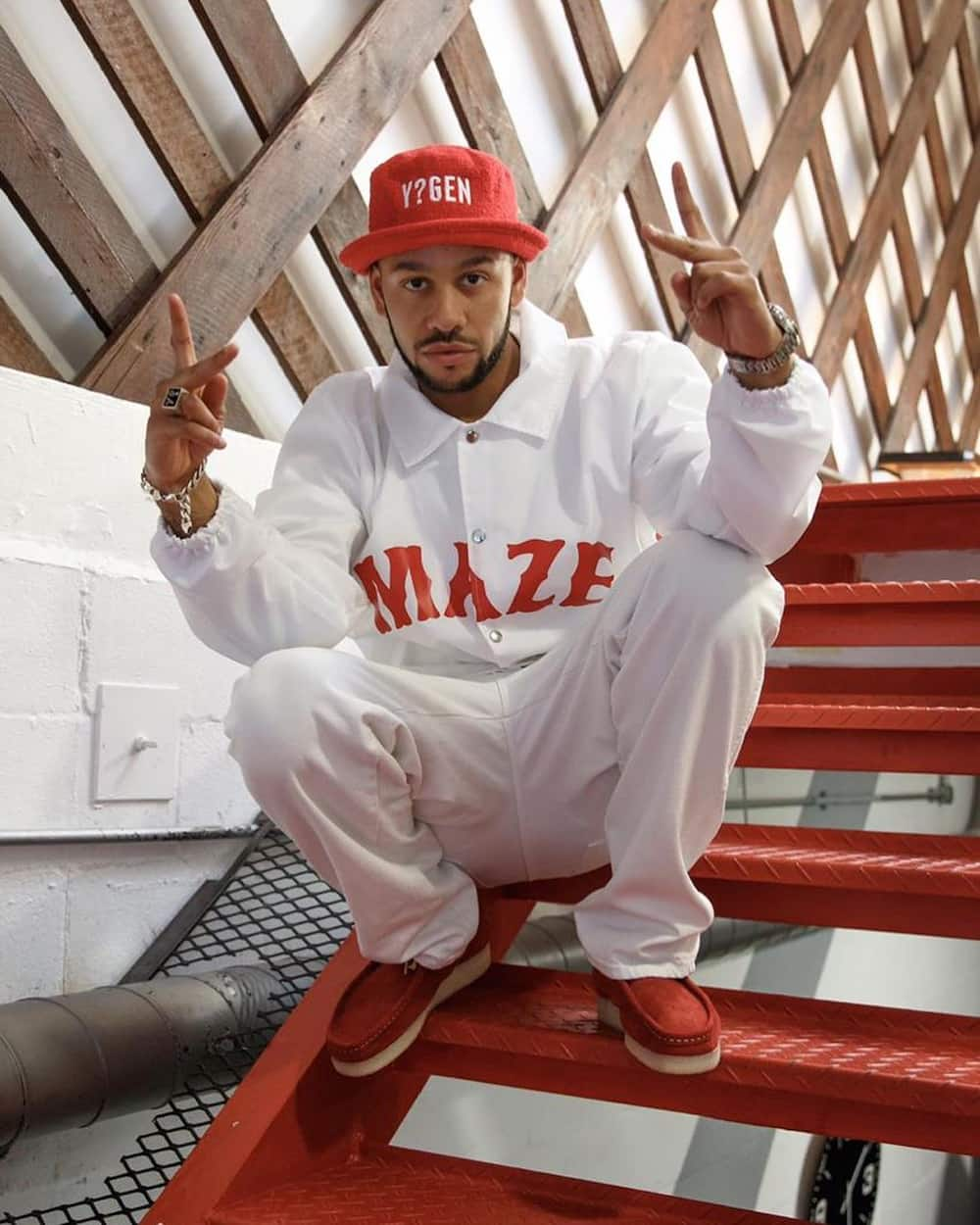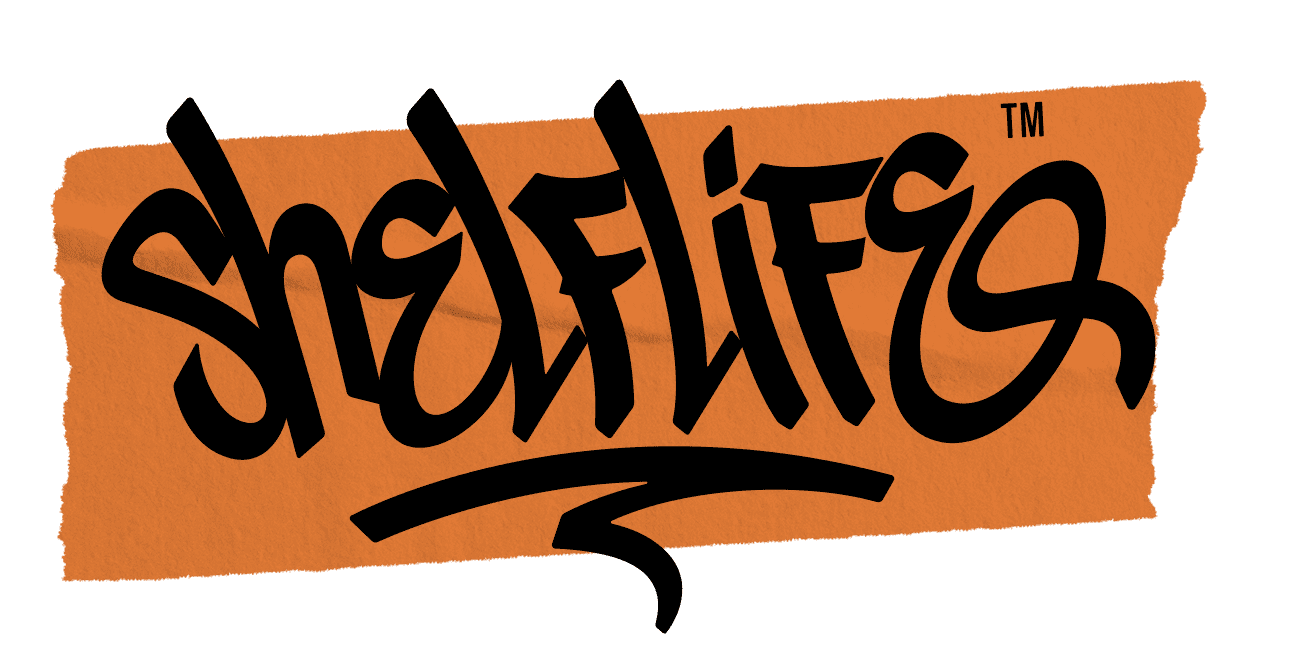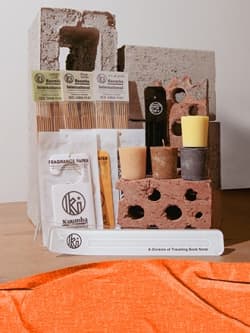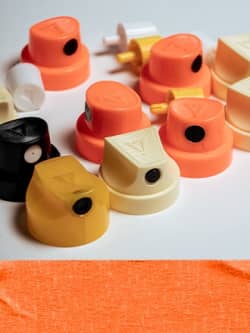Sound and Style: A South African Story

Street culture and footwork have always been the heart and soul of the South African music industry.
As one of the dance music capitals of the world, South Africa not only produces–– and reimagines–– contemporary soundscapes that shape global popular culture, we adapt them into movements that set the pace for dance worldwide. With style and stardom being inextricably linked, footwear has played a pivotal role in the image-making that accompanies the South African cultural product. From when Mercy Pakela proclaimed that “ayashisa amateki!” about her canvas sneakers, in the 80s, to the kicks being an iconic footprint as a streetstyle staple to date. Jabulile Dlamini-Qwesha from Letterhead takes a deeper look into the history for Shelflife.

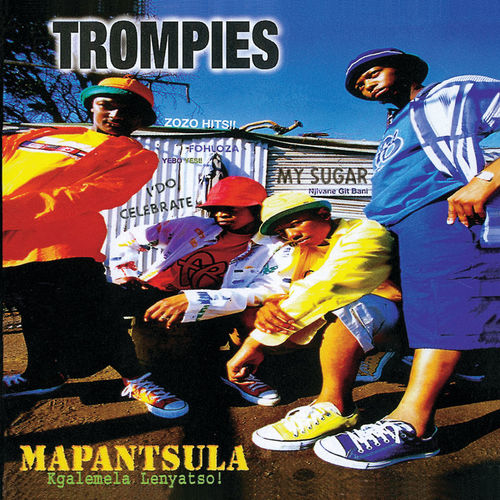


The Converse All Star Chuck Taylor sneakers first made waves with amapantsula because of their sleek design that makes it easy to carry out the swift movements of the dance style. The stylish design was able to usher street style into a seamless transition as the deconstruction of the suits from the kofifi era turned into the workwear essentials that defined the age of kwaito. Naturally, when the then King of Kwaito, Arthur Mafokate, came out with the genre-defining tunes Don’t Call Me ***** and Oyi Oyi, his Chucks were in toe.

When the women of Abashante and Boom Shaka’s Lebo Mathosa and Thembi Seete rose to fame, style in the kwaito scene started to evolve and include skin-tight ensembles paired with Doc Marten-esque lace-up boots and other looks that borrowed from the punk aesthetic. Which provides an interesting contrast of the standards set for stylish men and women.
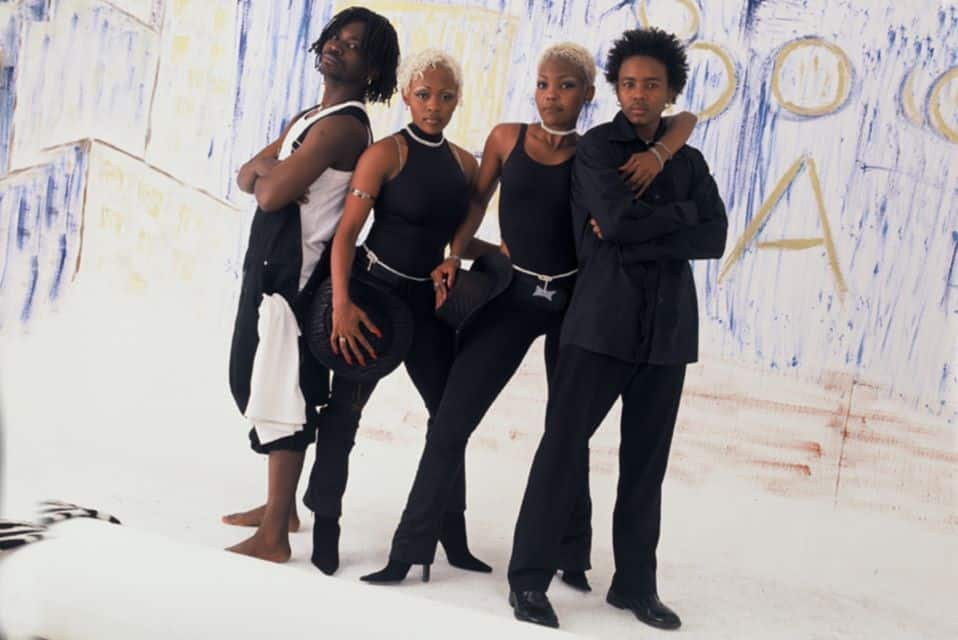
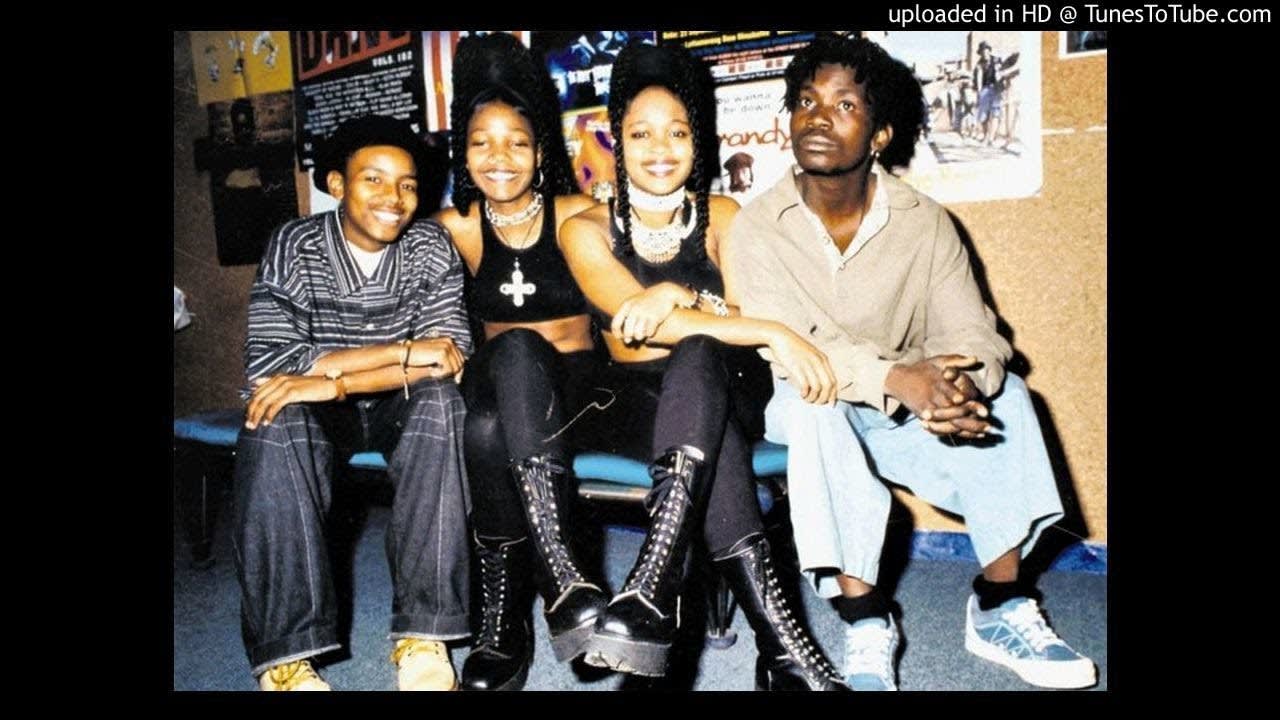


TKZee’s ‘98 hit Shibobo, featuring then-Ajax striker Benni McCarthy signaled how streetstyle had moved on to include sports brands and jerseys. In one of the key frames in the video, Kabelo and Zwai are seen wearing yellow Nike windbreakers, while the late Tokollo, of the legendary kwaito trio, wears a Bafana Bafana jersey. Towards the bridge of the track, McCarthy appears, flexing his field footwork, sporting a very casual jeans and tea combo. While the song is significant for it being a run-up to South Africa participating in the 1998 FIFA World Cup in France, it’s even more iconic as a sample of The Final Countdown as well as one of the first crossovers between kwaito and local hip hop. Paving the way for future mainstream sounds using the founding tenets of kwaito’s unmistakable sound.
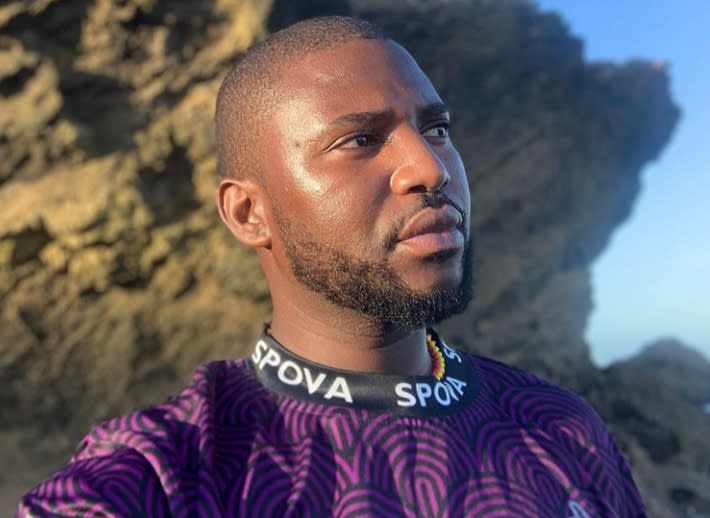
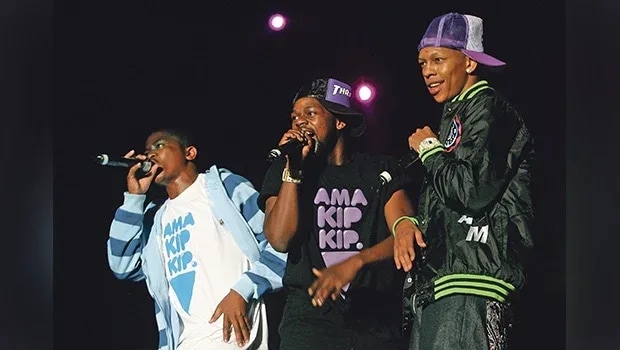


Street culture in South Africa today is much more visually diverse, with people in various locations nodding to a variety of style motifs that reflect the taste level in their environments. But it’s still largely characterised by how it allows ease of foot movement and presents unique hybrids of the sensibilities from the past mixed with an individualistic flair. For instance, Youngsta CPT’s white on white ensemble worn with red grasshoppers is a relatively standard look but takes on a distinct motif mostly seen in the Cape Flats.
